Disclosure: This article contains affiliate links. We may earn a commission from purchases at no extra cost to you, which helps our travel content.
The rhythmic call to prayer echoes across Tripoli's skyline as I lace up my running shoes for a dawn exploration of Lebanon's second-largest city. It's my third visit to this northern gem, yet it continues to reveal new layers with each return. While Beirut captures the spotlight, Tripoli pulses with an authenticity that's becoming increasingly rare in our hyper-touristed world. I first discovered this city after connecting with a Lebanese marathon runner in Toronto who insisted I experience his hometown beyond the occasional negative headlines. What I found was a place where centuries-old souks buzz with commerce unchanged for generations, where the Mediterranean whispers against ancient sea walls, and where the sweetest orange blossom treats are served with stories of resilience. This weekend guide isn't about ticking off attractions – it's about syncing your heartbeat with Tripoli's unique rhythm and discovering how this underrated northern treasure offers a raw, unfiltered glimpse into Lebanese culture that most travelers miss entirely.
Running Through History: Tripoli at Dawn
There's something almost spiritual about running through a sleeping city. As someone who's logged miles across four continents, I've found dawn runs to be the most honest introduction to any new place. In Tripoli, this ritual takes on special significance.
My route begins at the Corniche, where local fishermen are already setting up for the day. The Mediterranean stretches endlessly to my right as I maintain a steady pace along the seawall. Unlike Beirut's flashier waterfront, Tripoli's Corniche feels lived-in and authentic – families gathering for early breakfast picnics, elderly men in traditional garb playing backgammon, kids diving fearlessly into the clear waters below.
As the sun climbs higher, I turn inland toward the Al-Tall Clock Tower, a remnant of Ottoman rule that serves as the city's unofficial center. From here, the 14th-century Taynal Mosque comes into view, its distinctive black and white stone pattern a testament to the Mamluk architectural influence. I slow my pace to appreciate the intricate stonework – something my Lebanese friend Ahmed calls 'meditation in masonry.'
The real magic happens when I weave through the Old City just as shopkeepers begin raising their metal shutters. The aroma of fresh bread from corner bakeries mingles with the scent of cardamom coffee brewing in tiny cups. Unlike many historic districts across the Middle East that have been polished for tourism, Tripoli's ancient core remains delightfully functional – a living, breathing ecosystem where commerce happens as it has for centuries.
For fellow runners looking to experience this side of Tripoli, I recommend bringing a compact running belt to carry essentials while keeping your hands free to snap quick photos or accept the occasional offering of fresh dates from friendly vendors.
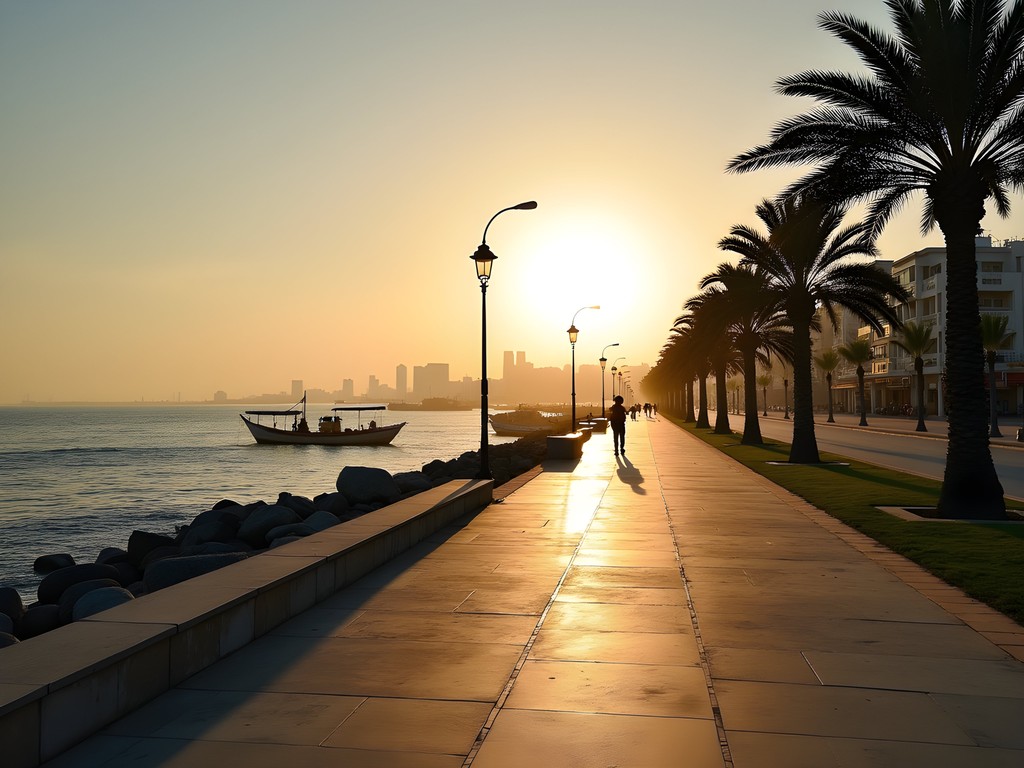
💡 Pro Tips
- Run early (5:30-7:00am) to avoid both heat and traffic
- The 5km Corniche loop is flat and perfect for all fitness levels
- Carry small Lebanese currency for spontaneous street food purchases
- Be respectful when running past mosques during prayer times
Souk El-Haraj: Vinyl Treasures in the Ancient Marketplace
If marathons are my first love, record hunting comes in at a close second. Tripoli's labyrinthine souks offer a crate-digger's paradise that few travelers ever discover. While most visitors stick to the main arteries of Souk al-Nahhasin (coppersmiths) and Souk al-Attarine (perfumers), I make a beeline for the lesser-known corners of Souk El-Haraj.
Tucked between a spice vendor and a traditional soap maker, Abou Hassan's record shop is easy to miss unless you know what you're looking for. The small wooden sign, faded from decades in the Lebanese sun, simply reads 'Aghani' (songs). Inside, vinyl records are stacked from floor to ceiling – a chaotic archive of Lebanon's rich musical heritage alongside imports from across the Arab world and beyond.
'You like tarab music?' Abou Hassan asks, using the Arabic term for emotionally evocative classical compositions. Before I can answer, he's already pulling out records by Fairouz and Sabah, legendary Lebanese vocalists whose voices defined an era. What makes this experience special isn't just the rare vinyl finds but the stories Hassan shares between each selection – tales of concerts held in Tripoli's historic theaters, musicians who passed through the city, and how certain songs became anthems during Lebanon's most challenging periods.
Beyond this hidden gem, Souk El-Haraj reveals itself as a microcosm of Tripoli's authentic character. Unlike the souks in more touristed cities, commerce here isn't performed for visitors but continues as it has for generations. Craftspeople hammer intricate patterns into copper, woodworkers carve elaborate designs for traditional furniture, and tailors create made-to-measure garments with techniques passed down through families.
To document these discoveries, I rely on my compact camera, which captures remarkable details in low light without disturbing the atmospheric authenticity of these ancient marketplaces. The discreet size means I can photograph respectfully without turning the experience into a tourist spectacle.
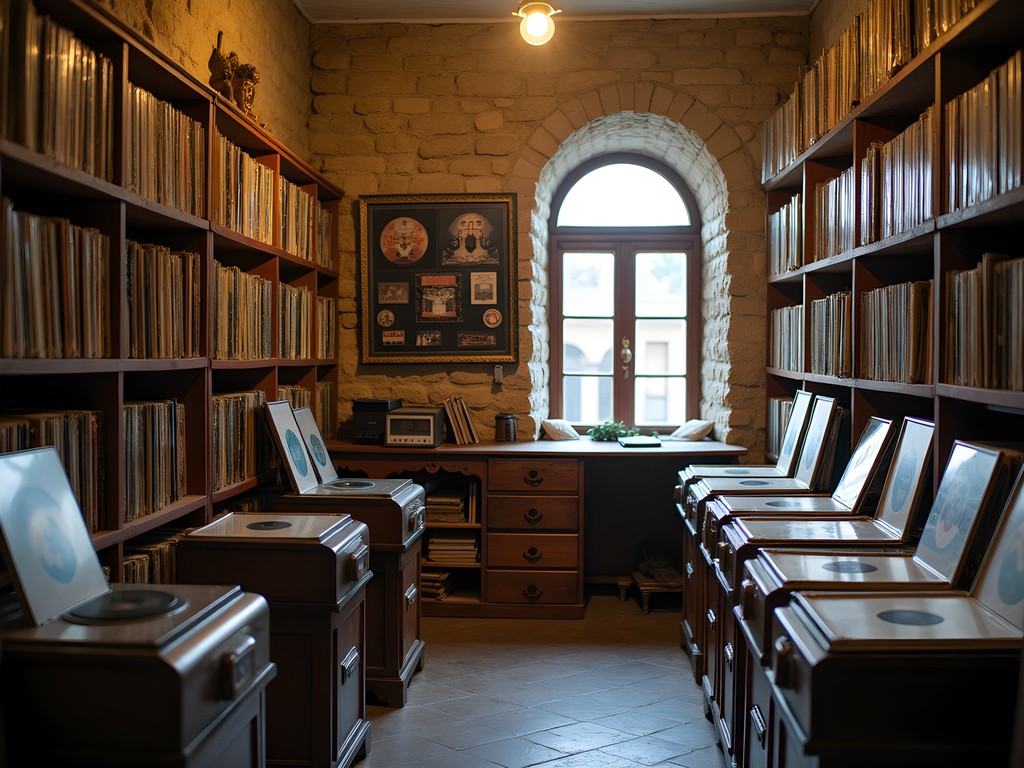
💡 Pro Tips
- Visit Abou Hassan's record shop between 10am-2pm when he's most likely to be open
- Learn a few Arabic phrases for negotiating – vendors appreciate the effort even if your pronunciation isn't perfect
- Ask permission before photographing craftspeople at work
- Bring a tote bag for vinyl purchases – Tripoli's heat can warp records if left exposed
Hammam Al-Abed: Ancient Rituals of Restoration
After logging miles on Tripoli's cobblestone streets and navigating its bustling souks, my marathon-trained muscles invariably crave recovery. This is where one of the city's oldest institutions becomes not just a cultural experience but a physical necessity. Hammam Al-Abed, dating back to the 17th century, offers a glimpse into traditional Lebanese bathing rituals that have remained largely unchanged for centuries.
Stepping through the unassuming entrance near Khan Al-Saboun (the soap market), you're transported to another era. The progression from cool to warm to hot chambers follows the classical Ottoman hammam design, but what makes Al-Abed special is its continued role as a community gathering space rather than a tourist attraction.
On my second visit to Tripoli, I arrived with legs still tight from running the Beirut Marathon the previous weekend. The hammam's attendant – a man who introduced himself simply as Mahmoud – seemed to recognize the familiar stiffness of a distance runner without my saying a word.
'Marathon?' he asked, pointing to my legs.
When I nodded, he guided me through a bathing ritual specifically designed for athletic recovery. The progression from the steam room to the hot marble slab where traditional soap made from Tripoli's famous olive oil is worked into a rich lather, followed by a thorough (and admittedly somewhat painful) massage targeting runner's typical trouble spots – IT bands, calves, and hamstrings.
What struck me most was how this centuries-old practice addressed modern athletic needs so effectively. While wellness tourists flock to expensive spa retreats around the world, here was ancient wisdom being applied without pretense or inflated prices. The experience costs a fraction of what you'd pay in Beirut, let alone Europe or North America.
For travelers with sensitive skin, I recommend bringing your own natural soap as an option, though I personally prefer using the local olive oil soap that Tripoli has produced for generations – it leaves your skin with a suppleness that commercial products rarely achieve.
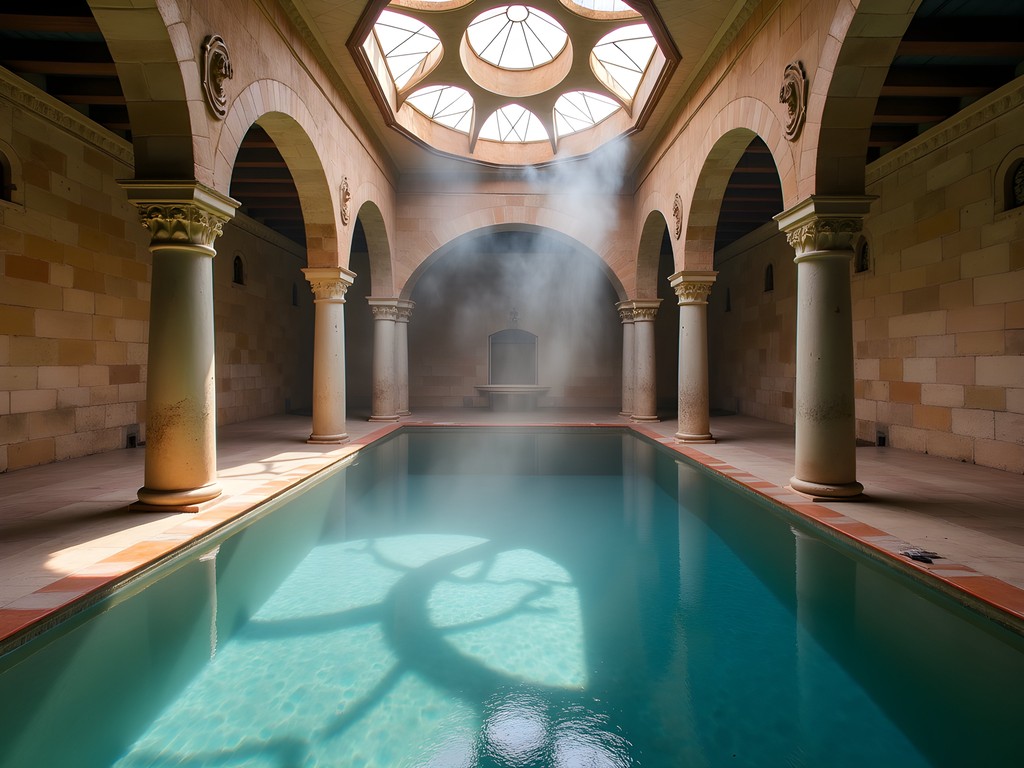
💡 Pro Tips
- Hammams are typically gender-segregated with alternating days or times for men and women – check the schedule in advance
- Bring a change of underwear and small towel (though towels can be rented)
- Respect the quiet, contemplative atmosphere inside the hammam
- Tipping the attendant (around 10,000-15,000 Lebanese pounds) is customary for good service
Monastery of St. Anthony of Qozhaya: Spiritual Retreat in the Qadisha Valley
While technically outside Tripoli proper, no authentic exploration of Lebanon's northern region would be complete without venturing into the sacred Qadisha Valley. Just an hour's drive from the city center lies one of my favorite spiritual retreats in the Middle East – the Monastery of St. Anthony of Qozhaya.
As someone who's visited monasteries across Thailand, Ethiopia, and Eastern Europe, I've developed a deep appreciation for these centers of contemplation. Qozhaya holds special significance as one of the oldest continuously inhabited monasteries in the region and home to the Middle East's first printing press in the 16th century.
The journey itself becomes part of the spiritual experience. As you leave Tripoli's urban energy behind, the landscape transforms dramatically – Mediterranean coastal plains giving way to rugged mountains until you're winding through the UNESCO-listed Qadisha Valley. The monastery appears almost organically from the cliff face, its stone structures seeming to grow from the mountain itself.
What distinguishes Qozhaya from more touristed religious sites is the genuine welcome extended to visitors of all faiths. The Maronite monks maintain a tradition of hospitality that transcends religious boundaries. During my first visit, Father Antonios invited me to join the community for a simple lunch of local olives, fresh cheese, and man'oushe (Lebanese flatbread) after learning about my interest in monastic traditions around the world.
'Running and prayer are not so different,' he observed when I mentioned my marathon background. 'Both require discipline of breath, focus of mind, and understanding of limits.'
The monastery grounds offer several walking paths that range from contemplative garden strolls to more challenging hikes into the surrounding valley. For those seeking deeper engagement, the monastery occasionally welcomes overnight guests in simple accommodations – an experience that provides rare access to the rhythms of monastic life, including pre-dawn prayers and moments of communal work.
For the hike to and around the monastery, I rely on my hiking daypack which has the perfect capacity for water, snacks, and a light layer for the cooler mountain temperatures, while maintaining a profile slim enough to navigate the narrow paths around the monastery grounds.
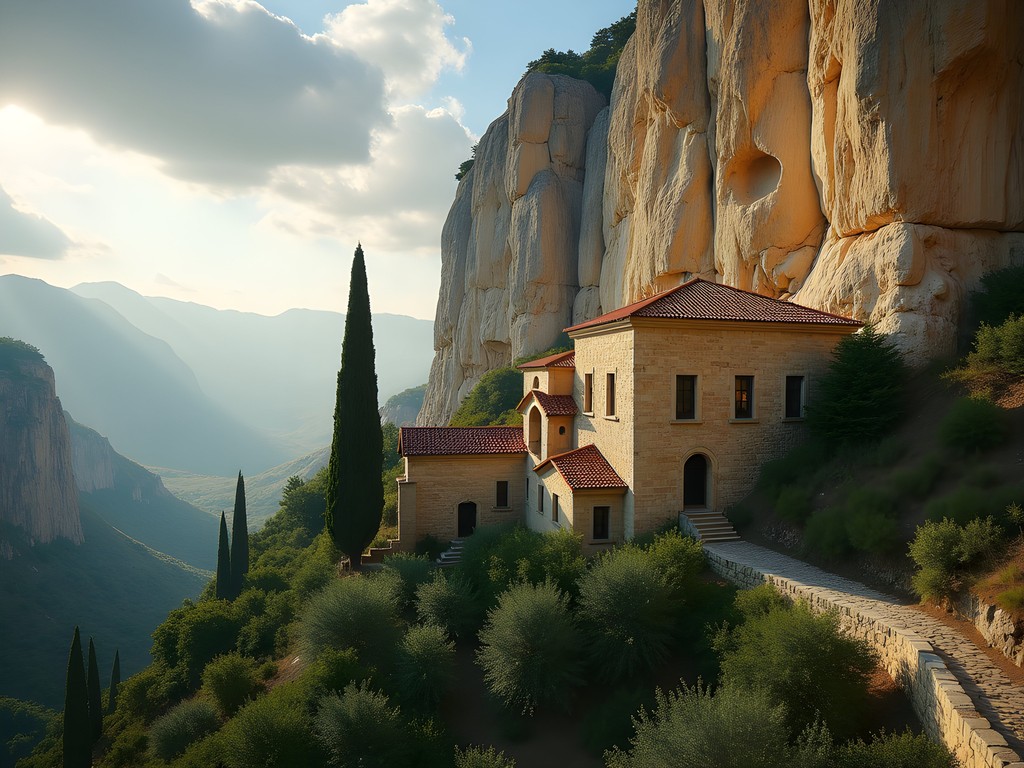
💡 Pro Tips
- Arrange transportation from Tripoli in advance – public transport options are limited
- Dress modestly when visiting (shoulders and knees covered)
- If interested in staying overnight, contact the monastery at least a week in advance
- Bring cash for donations and purchasing monastery-made products like honey and herbal preparations
Tripoli's Unexpected Mall Culture: Where Modern Lebanon Gathers
My fascination with malls as cultural spaces rather than mere shopping destinations began during volunteer work in Bangkok, where I discovered these climate-controlled ecosystems revealed more about local life than many tourist attractions. Tripoli's mall scene offers a similar window into contemporary Lebanese society that most travel guides completely overlook.
Palm City Center represents the newest iteration of Lebanon's mall culture – a space where multiple generations gather not just to shop but to socialize in ways that bridge traditional and modern lifestyles. Unlike Western malls focused solely on consumption, Tripoli's shopping centers function as community hubs where extended families spend entire evenings together.
On Friday nights, the food court transforms into a fascinating cross-section of Tripoli society. Conservative families break fast together during Ramadan alongside teenagers in Western fashions taking selfies. Multiple generations share meals, with grandparents in traditional dress seated beside grandchildren navigating between global and local identities.
What makes this experience particularly valuable for travelers is the opportunity to observe everyday Lebanese life away from the performative aspects that often characterize tourist-local interactions. Here, you're witnessing authentic social patterns rather than curated cultural displays.
During my last visit, I spent an enlightening evening people-watching from a corner table at the food court. A group of young men invited me to join their table after noticing me writing in my journal. What followed was a three-hour conversation about everything from Lebanese politics to their favorite basketball players, offering insights no guided tour could provide.
For travelers looking to capture these authentic moments, I recommend the smartphone gimbal which allows for smooth, unobtrusive video that documents these social spaces without disrupting their natural flow. The compact design means you can capture the energy of these gathering places while remaining respectful of those around you.
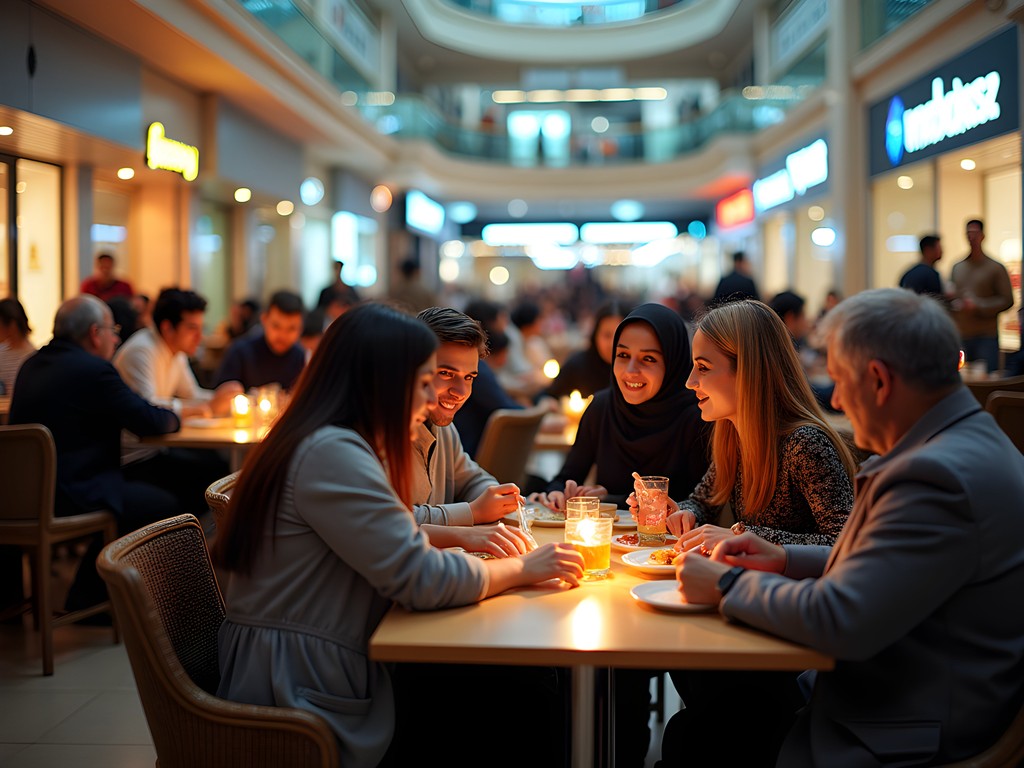
💡 Pro Tips
- Visit malls during evening hours (7-10pm) when local families gather
- The food courts offer surprisingly authentic Lebanese fast food options
- Friday and Saturday evenings showcase the richest cross-section of local society
- Be respectful with photography – ask permission before taking photos of people
Final Thoughts
As my weekend in Tripoli draws to a close, I find myself sitting at a small café near the Al-Mina port, watching fishermen mend their nets as they've done for generations. This city operates at a rhythm distinct from Lebanon's more cosmopolitan capital – a cadence that rewards the patient traveler willing to step away from preset itineraries. What makes Tripoli exceptional isn't any single monument or attraction but rather the authentic tapestry of daily life that remains refreshingly unpackaged for tourism. From dawn runs along ancient ramparts to vinyl hunting in labyrinthine souks, from centuries-old hammam rituals to monastery retreats and mall culture observations – Tripoli offers a rare glimpse into Lebanese life beyond the headlines and travel brochures. As a marathon runner, I've learned that the most meaningful journeys aren't about racing from landmark to landmark but finding your stride within a place's natural rhythm. Tripoli invites exactly this kind of immersive travel – not a city to be conquered but a community to be experienced, one heartbeat at a time.
✨ Key Takeaways
- Tripoli offers authentic Lebanese experiences at a fraction of Beirut's prices
- Early morning exploration provides the most intimate view of the city's true character
- The combination of ancient traditions and contemporary life creates a uniquely layered cultural experience
- Venturing just beyond city limits rewards travelers with profound spiritual and natural encounters
📋 Practical Information
Best Time to Visit
April-May or October when temperatures are mild and pleasant
Budget Estimate
$40-70/day including modest accommodations, local food, and transportation
Recommended Duration
2-3 full days minimum
Difficulty Level
Moderate (Some Language Barriers And Navigation Challenges)

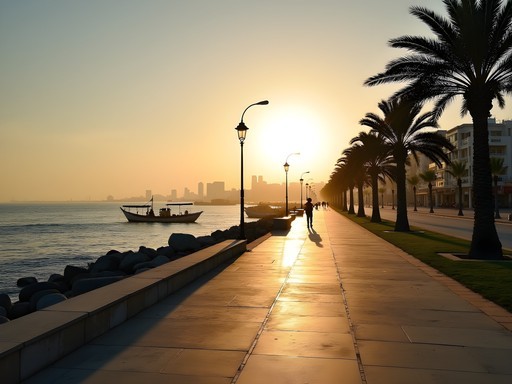
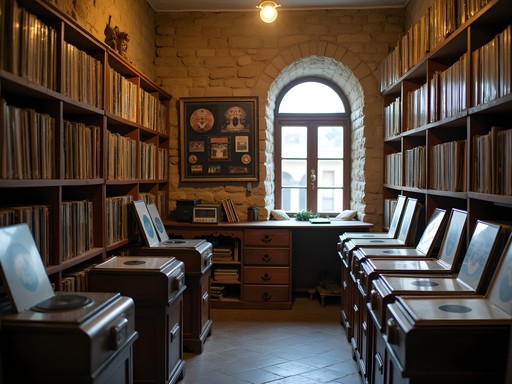
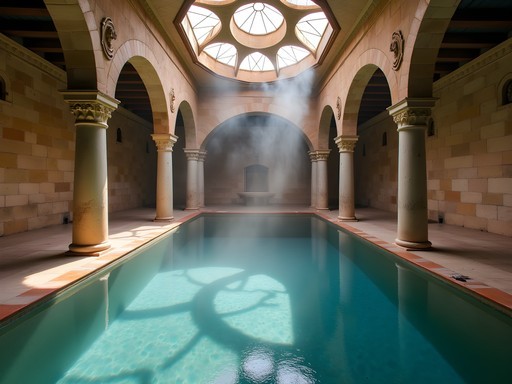
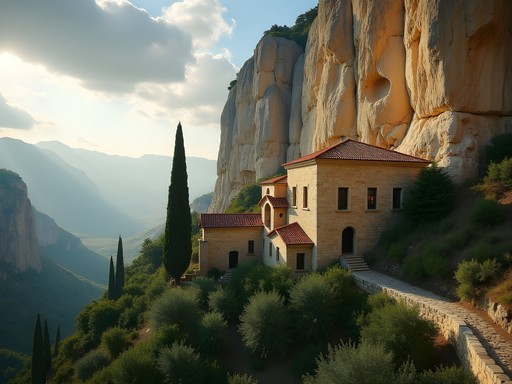
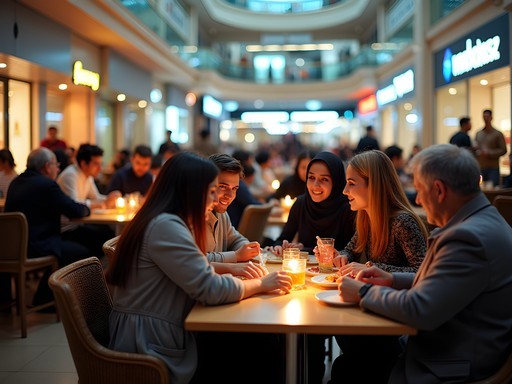


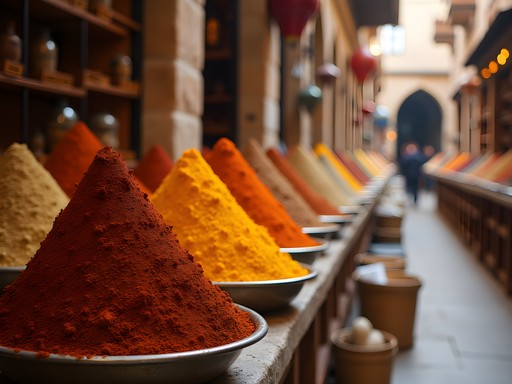

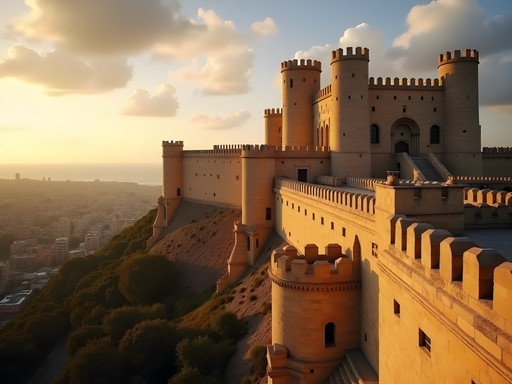

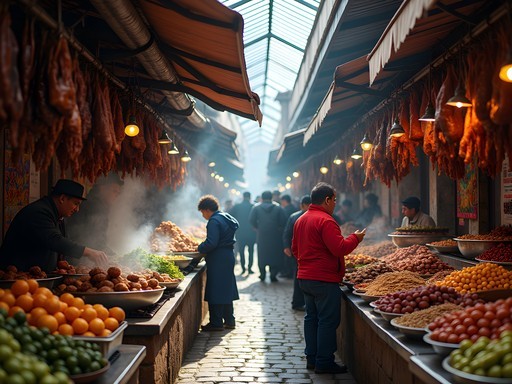

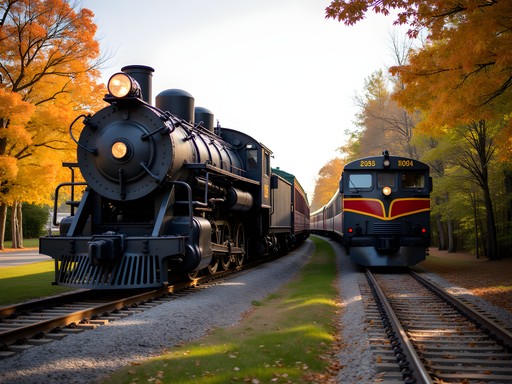

Comments
luckylife
Just got back from Lebanon and spent two days in Tripoli because of this post! So glad I didn't skip it like most tourists do. The citadel was impressive but honestly just wandering the old souks was the highlight. We found this tiny place serving fresh orange blossom ice cream that was INSANE. Also, the locals were incredibly friendly - an old shopkeeper invited us for coffee and spent an hour telling us stories about the city's history. Thanks for putting Tripoli on my radar!
Sophia Gomez
Mason, your post captures the soul of Tripoli beautifully! I was there for a business conference last year and extended my stay specifically to explore the city. One tip for anyone visiting: don't miss the soap caravanserai (Khan al-Saboun) where traditional olive oil soap is still made by hand. I brought back several bars and my skin has never been happier! The monastery visit you described sounds incredible too - I'm adding that to my itinerary for my return trip. Did you happen to visit any of the sweet shops? The knafeh in Tripoli was life-changing. I tracked all my adventures with my travel journal which has been perfect for noting down those hidden gems that don't make it into guidebooks.
explorelover
This looks amazing! I'm planning a Lebanon trip this year but everyone keeps telling me to skip Tripoli because of safety concerns. Would you recommend it for solo female travelers? And what's the best way to get there from Beirut?
Sophia Gomez
Not the author but I visited Tripoli solo last year! I felt completely fine during the day in the main areas. I took a shared taxi (service) from Beirut for about $5 - they leave from Charles Helou station regularly. Just be respectful with dress and you'll have a wonderful time!
Mason Sullivan
Sophia's advice is spot on. The shared taxis are reliable and affordable. I'd add that having a local guide for at least part of your time there can really enhance the experience and help navigate some of the less touristy areas safely.
Marco Flores
Your post brings back memories of my impromptu trip to Tripoli three years ago! I stumbled upon that same vinyl shop in Souk El-Haraj and found a rare Lebanese folk recording that's now one of my prized possessions. But the real magic was getting lost in those narrow alleyways and ending up at a tiny family-run bakery making manakish with za'atar that would make angels weep. Did you try the street food near the Citadel? There's an old man who makes the most incredible falafel I've ever tasted - he's been using the same recipe for 40+ years!
oceanrider8710
I was in Tripoli last summer and felt like I discovered a hidden treasure! The souks were incredible - so much more authentic than what you find in Beirut. That Hammam Al-Abed experience sounds amazing though, wish I'd known about it. Did you feel safe running at dawn? I stuck mostly to daylight hours when I visited.
Mason Sullivan
Thanks for reading! Dawn was actually when I felt most comfortable - streets were quiet except for locals heading to morning prayers. By 7am the markets start buzzing. Always good to stay aware of your surroundings though, like anywhere.
oceanrider8710
Good to know! Might try an early morning walk next time. The light must be gorgeous for photos too.
happyblogger
Those sunrise photos of the citadel are stunning! 📸
hikingbackpacker682
This is exactly what I've been looking for! I'm heading to Lebanon next month and was planning to skip Tripoli, but now I'm definitely adding it to the itinerary. How did you get there from Beirut? Is public transportation reliable or should I hire a driver? And how many days would you recommend staying to see everything you mentioned?
Mason Sullivan
You can easily get there by minibus from Beirut (they leave from Charles Helou station) - super cheap and takes about 1.5 hours. I'd recommend at least 2 full days, 3 if you want to include the day trip to Qadisha Valley. Don't miss the morning walk along the corniche!
Stephanie Romano
Mason, your post brought back so many memories! We visited Tripoli last year with our kids (ages 8 and 10) and were blown away. The souk experience was magical - my children still talk about the spice merchants who let them smell everything and gave them little samples to take home. We stayed at a small guesthouse near Al-Tall Square where the owner made us breakfast each morning with the most incredible manakish. The hammam experience was a highlight for me personally, though my husband took the kids exploring while I enjoyed that bit of luxury! One tip for families: we found a wonderful guide through our hotel who specialized in making history fun for children - worth every penny as he turned the Citadel visit into a treasure hunt.
Mason Sullivan
That sounds amazing, Stephanie! I love the treasure hunt idea at the Citadel. Did you make it to Monastery of St. Anthony with the kids?
Stephanie Romano
We did! It was a bit of a drive but absolutely worth it. The kids were fascinated by the ancient printing press. We brought our hiking backpack for our youngest which made exploring the valley trails much easier.
coolmate
Great post! How did you find the safety situation in Tripoli? I've heard mixed things about northern Lebanon but your experience sounds amazing.
Mason Sullivan
I felt completely safe the entire time. Like anywhere, just use common sense. The locals are incredibly welcoming and protective of visitors. The mainstream media portrayal doesn't match the reality on the ground at all.
happygal
I've been to Lebanon twice and agree with Mason. People are so friendly!
happygal
Wow! Tripoli looks incredible - never thought about visiting before but now it's on my list!
Mason Sullivan
Thanks! It really deserves more visitors - hope you make it there!
Venture X
Premium card with 2X miles, $300 travel credit, Priority Pass